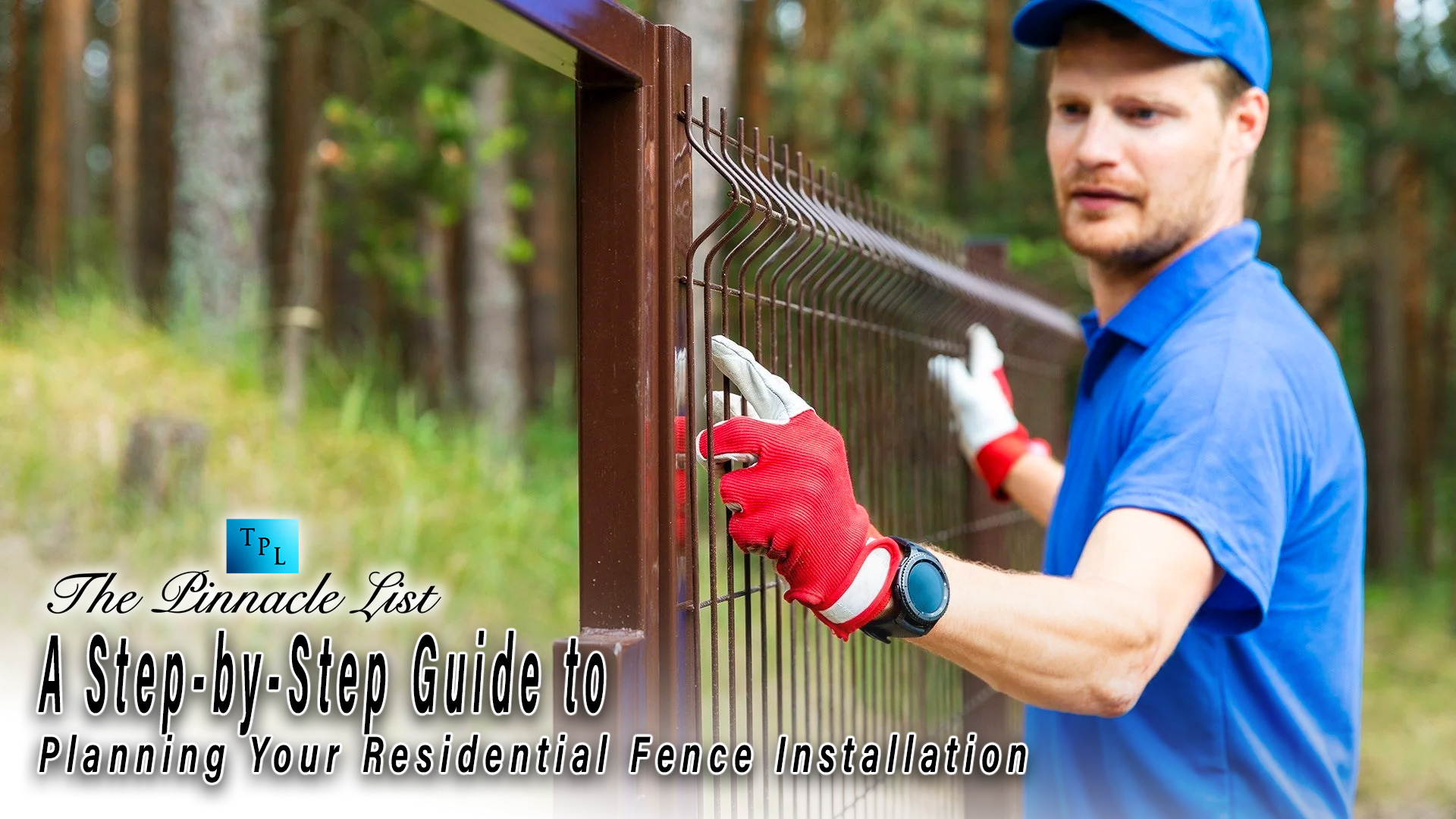
Planning a residential fence installation can feel overwhelming, but it doesn’t have to be. A well-built fence adds privacy, security, and style to your home. With the right steps, you can make the process smooth and stress-free.
From choosing the right materials to hiring a professional, careful planning is key. Follow this guide to create a fence that meets your needs and enhances your property’s value and charm.
Assess Your Needs and Goals
Start by thinking about why you need a fence. Is it for privacy, safety, or improving your yard’s appearance? Knowing your goals will help you decide on the best style and material.
Consider how the fence will work with your daily life. For example, a sturdy fence is great for keeping pets and kids safe. It’s also important to decide if you want a decorative or practical design.
Determine the Fence Type
There are many types of fences to choose from, each with unique benefits. Wooden fences offer a classic look, while vinyl fences are low-maintenance. Metal fences are strong and long-lasting.
When choosing fence materials, think about your budget and the weather in your area. Some materials are better for rainy climates, while others work well in dry, sunny regions.
Establishing Fence Height
Choosing fence height is essential to meeting your needs. A tall fence is best for privacy, while a shorter one may work for marking boundaries. Standard height ranges from 3 to 8 feet.
Think about local rules and how the height will affect your neighbors. A fence that’s too tall may block their view or sunlight. Balancing your needs with theirs can prevent disputes.
Determining Property Boundaries
Before building, identify where your property starts and ends. Property boundary fences should follow these lines to avoid conflicts with neighbors. You can check your property deed for accurate measurements.
Hire a surveyor if you’re unsure about the boundaries. This will ensure the fence is placed correctly. Knowing your exact property lines can save you from costly mistakes.
Obtain Permits and Review Regulations
Before you start building, check for local rules. Some areas require permits, especially for taller fences. Others may have specific guidelines for property boundary fences.
Contact your city or homeowners’ association to understand these rules. Following the regulations will prevent fines or disputes. Make sure to double-check before installation begins.
Hire a Professional Installer
Installing a fence may seem simple, but it can be tricky. Hiring a professional ensures the job is done right. They have the tools and experience to handle any challenges.
Look for someone who has good reviews and experience in your area. For reliable service, Brabham Fence Company in Charleston, SC is a trusted choice. A skilled installer can help you explore fence design ideas and build a fence that suits your needs.
Achieve the Best Results for Your Residential Fence Installation
A residential fence installation is a great way to improve your home. It adds security, privacy, and style to your property. With proper planning, the process can be easy and rewarding.
Start by assessing your needs, choosing the right materials, and following local rules. Hiring a professional ensures the job is done right. Take your time to make informed decisions. A well-planned fence will serve you well for years to come.
Did you find this article helpful? Check out the rest of our site for more great content!
